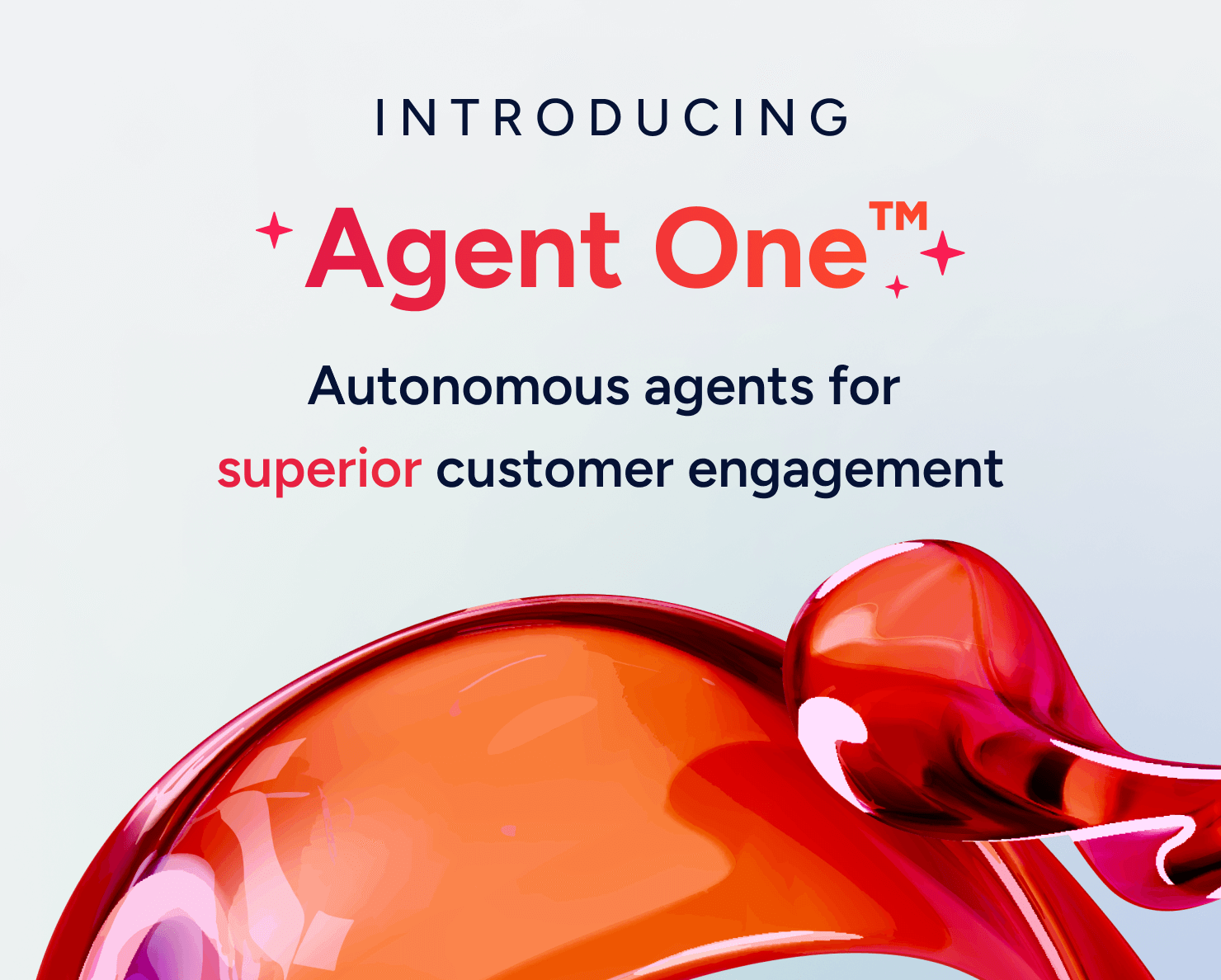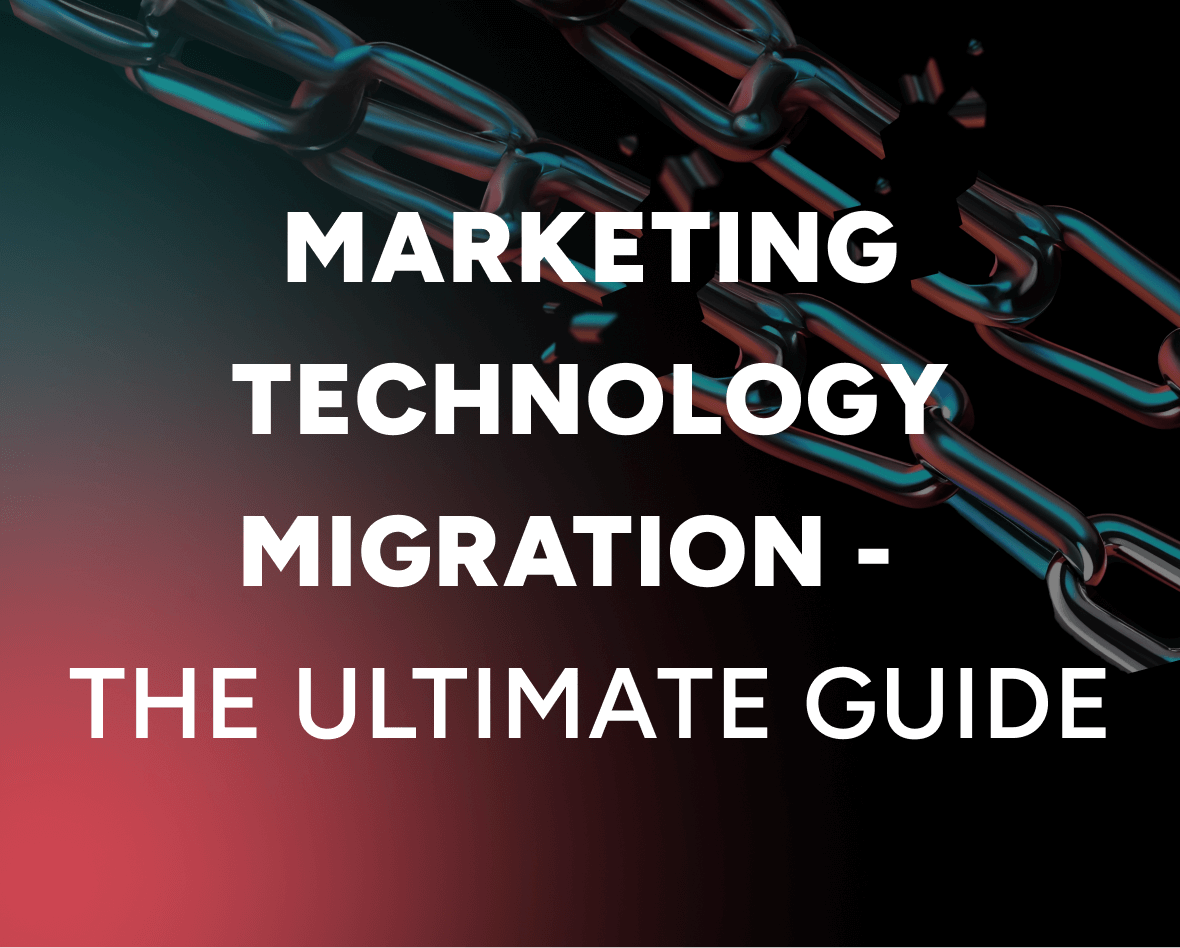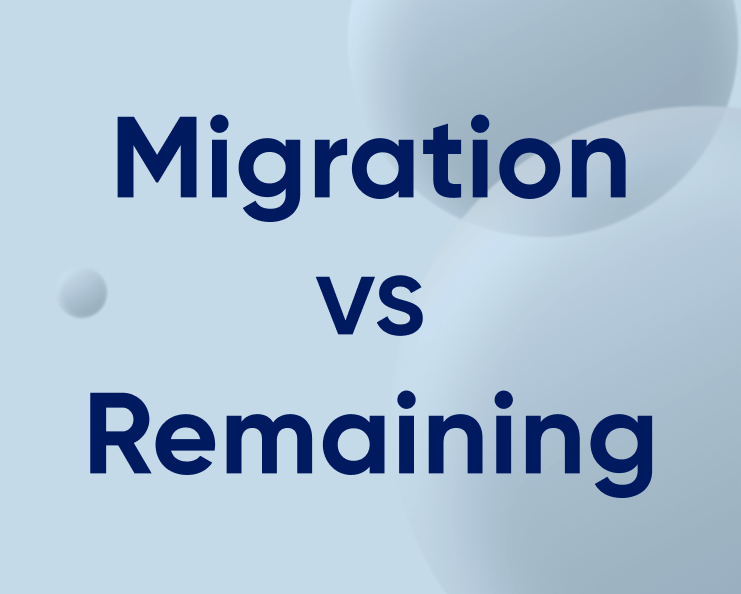Gamification in Marketing
Capturing consumer attention has never been more difficult. With countless brands fighting for the same audience, traditional marketing tactics often fall short of creating meaningful, lasting connections. Gamification in marketing offers a solution by turning passive consumers into active participants. By transforming marketing into an interactive and enjoyable experience, gamification drives deeper engagement and stronger loyalty. The numbers speak for themselves: 93% of marketers now use gamification to boost key metrics like engagement, conversion, and loyalty, highlighting its growing influence in the marketing world.
Updated on 30 Sep 2025
This blog explores how incorporating game-like elements into your marketing strategy can supercharge engagement, increase customer loyalty, and deliver measurable business results—all while creating an enjoyable experience for your audience.
What is Gamification in Marketing?
Gamification in marketing refers to the application of game mechanics—such as rewards, leaderboards, challenges, and progress tracking—to non-gaming environments. It’s not just about adding entertainment; it’s about creating interactive, engaging, and rewarding experiences that influence customer behavior and elevate brand interactions. By integrating game-like elements, businesses can connect with consumers on a deeper level, offering them something more immersive and personal than traditional advertising.
Common examples of gamification in marketing include:
- Loyalty programs where customers earn points or unlock rewards for repeated purchases.
- Interactive quizzes that help users discover products based on their preferences.
- Gamified apps that track user progress or achievements, encouraging them to keep interacting with the brand.
Benefits of Gamification in Marketing
Increased Engagement
Gamification makes brand interactions more dynamic and enjoyable, encouraging consumers to spend more time engaging with content. Brands that incorporate gamified elements into their strategies often see a 7X higher conversion rate—a direct result of the added entertainment and reward value. For example, offering a “spin-to-win” feature where users can earn discounts or prizes can significantly increase participation and create a sense of instant gratification.
Driving Customer Loyalty
Gamification in marketing not only attracts attention but also builds long-term loyalty. By offering rewards, badges, or status upgrades, customers feel recognized and valued. Loyalty programs that use points or leaderboards foster a sense of achievement and competition, encouraging repeat purchases and deeper engagement. One effective example is using progress bars to show customers how close they are to earning a special reward, like free shipping or an upgraded membership tier.
Non-Intrusive Zero-Party Data Collection
Brands can collect valuable data without appearing invasive by embedding gamified elements like interactive quizzes or surveys. This is where gamification in digital marketing becomes a critical tool for zero-party data collection—data that customers willingly provide in exchange for a fun experience. This allows brands to tailor future marketing efforts while fostering trust by respecting user privacy.
Measurable Results
Gamification in marketing not only enhances engagement and loyalty but also drives measurable business outcomes. Brands using gamified campaigns often see up to a 40% increase in click-through rates in email marketing, and promotions like “scratch-and-win” can drive immediate sales by offering instant rewards. This makes gamification not just a strategy for engagement but a proven method for boosting the bottom line.
Gamification in Marketing Examples
Here are some examples of gamification in marketing that have proven effective:
- Spin-to-win and pick-a-gift experiences to boost lead generation and signups.
- Scratch coupons and countdown timers to enhance website and app engagement.
- Interactive AMP email elements like quizzes and surveys to collect preference data and enhance email click-through rates.
Each of these examples showcases how gamification in marketing ideas can drive engagement, foster loyalty, and collect valuable data, all while making the user experience more enjoyable.
Why Gamification is Important in Marketing
Gamification offers brands a unique opportunity to stand out in a crowded marketplace. Traditional marketing methods are often one-way, but gamification in digital marketing turns consumers into active participants, making their experience with the brand more engaging and memorable. This approach not only boosts customer engagement but also strengthens emotional connections between brands and their audience, driving long-term loyalty.
Gamification in Email Marketing
Incorporating gamification in email marketing is an effective way to engage users even when they’re not on your site. By embedding interactive elements like quizzes, polls, and “spin-to-win” offers within emails, you can increase click-through rates and collect valuable zero-party data. This allows brands to personalize their future emails and create a more targeted approach to their marketing campaigns.
Gamification in Market Research
Gamification in market research is another powerful application of game mechanics. By turning surveys and feedback forms into interactive experiences, brands can increase response rates and collect more accurate, insightful data. Whether it’s through engaging quizzes, interactive sliders, or reward-based surveys, gamified market research keeps participants engaged while providing valuable information to the brand.
Amplifying Gamification with Personalization
Personalization has become a necessity in today’s gamified marketing landscape. AI is now enabling brands to create tailored gamified experiences based on individual user behavior and preferences. This is where platforms like Insider excel, using AI to predict user segments, personalize journeys, and optimize gamification strategies through AI-driven tests.
Dynamic content that evolves based on user interaction can significantly increase engagement and satisfaction. For instance, an interactive quiz could recommend new products based on a user’s preferences, providing a personalized experience that feels unique to them. With personalization powered by AI, brands can make gamification even more impactful, delivering relevant experiences that resonate with each user on a deeper level.
Gamification in marketing is no longer a novelty—it’s an essential part of modern marketing strategies that drive engagement, loyalty, and measurable results. By infusing your marketing campaigns with game-like elements, you can transform customer interactions and stand out in a crowded digital space. With platforms like Insider offering easy-to-implement solutions, you can start gamifying your customer experience today and see the results for yourself.
Find out more
Book a demo with Insider today to find out more.
Frequently Asked Questions
How does gamification enhance marketing strategies?
Gamification in marketing enhances strategies by transforming passive consumers into active participants. By integrating game elements like rewards, challenges, and leaderboards, brands create immersive and interactive experiences that capture attention and drive engagement. The benefits of gamification in marketing include higher conversion rates, increased customer loyalty, and better retention. Examples such as loyalty programs and interactive quizzes offer personalized experiences that resonate with users, making gamification an essential part of digital marketing.
How does gamification impact customer engagement and retention?
Gamification in digital marketing directly boosts customer engagement by offering fun and interactive experiences. Gamified features like progress bars, badges, and points systems keep users motivated to engage with the brand. These elements foster a sense of achievement and competition, encouraging repeat interactions. Gamification in email marketing, through interactive AMP elements like quizzes or surveys, further engages users offsite, keeping the brand top-of-mind and improving retention rates. This leads to stronger emotional connections with the brand, ultimately driving long-term loyalty.
How can businesses measure the success of gamification efforts?
Businesses can measure the success of gamification in marketing by tracking metrics like engagement rates, conversion rates, and customer retention. Tools like click-through rates in gamification in email marketing campaigns or completion rates in interactive quizzes help gauge user participation. Additionally, gamification in market research can provide valuable zero-party data that helps optimize future campaigns. Success is also reflected in improved user behavior, such as longer time spent on websites, more frequent interactions, and increased purchases driven by gamified loyalty programs.
What role does data play in gamification strategies?
Data plays a pivotal role in gamification in marketing by helping brands personalize and optimize their gamified experiences. Gamification in market research collects zero-party data from users through interactive quizzes or surveys, allowing brands to tailor future campaigns based on user preferences. Data from gamified email campaigns, loyalty programs, and interactive content provides insights into user behavior, helping businesses refine their strategies. Ultimately, data ensures that gamification in marketing ideas are targeted, relevant, and drive the best possible outcomes for engagement, loyalty, and conversion.



















